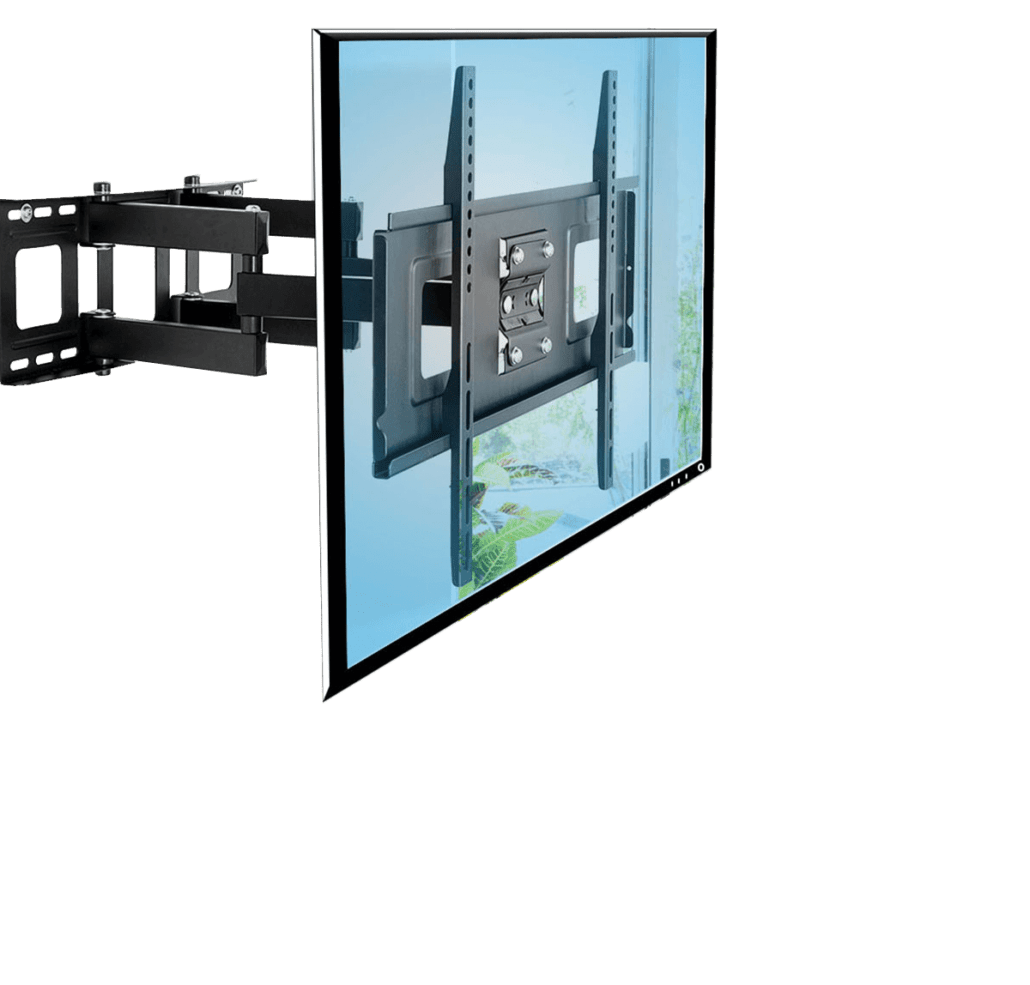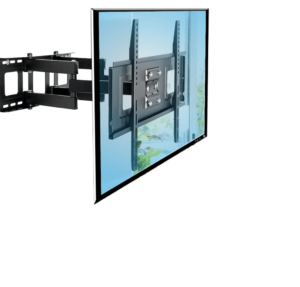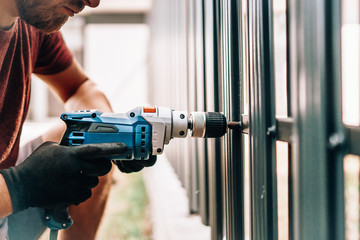A good professional staffing service can help you find qualified candidates for any position. However, you should vet the agency to make sure they’re a reliable firm that understands your needs.
Hiring a new employee comes with risks, including high turnover rates and training costs. Using a professional Task Force Labor staffing service can minimize these risks and improve your hiring outcomes.
 Identify Your Staffing Needs
Identify Your Staffing Needs
The first step to hiring a professional staffing service is understanding your business’s current and future needs. This includes assessing the number of positions that need to be filled, as well as determining what qualifications are needed for each position. This will help you choose a staffing option that best suits your organization – whether permanent or temporary.
Identifying your business needs helps you create an effective workforce plan that boosts productivity and efficiency, reduces costs, and unlocks new opportunities. It also allows you to optimize resource capacity and utilization, reducing redundancy and idle resources.
To do this, you can start by reviewing your historical data on sales trends and other factors. These can provide valuable clues about seasonal spikes and slumps, as well as overall demand patterns. This information will enable you to create an accurate staffing forecast for the coming months and years.
You can also look at the skills of your existing employees to gauge what additional skills you may need shortly. This can be done by conducting a skill assessment of each employee, which goes beyond simple job descriptions to include evaluating soft skills like communication and leadership. It can also be done through the use of performance metrics, which can help you identify any areas where you may need to focus on training or upskilling.
Lastly, you can also consider the external landscape to assess what other factors might affect your staffing requirements. These can include economic conditions, labor market trends, and any regulatory changes that may impact your ability to attract and retain talent. Using these indicators, you can better determine your future staffing requirements and develop strategies to meet them – such as recruiting, training, or even reshuffling tasks among existing employees.
When communicating with a staffing agency, be sure to communicate your business’s specific hiring needs and the type of candidate you are looking for. The agency can then begin searching its pool of available candidates to find one who is a good fit for your company. If necessary, you can also discuss any special considerations that may apply to the role, such as overtime requirements or a dress code.
Determine Your Budget
A common misconception about hiring a professional staffing service is that it is too expensive. However, the truth is that it can save a company money in the long run. Staffing agencies charge a fee to cover the cost of recruitment, payroll, insurance, and other costs associated with hiring a temporary worker. This fee is known as a “burden rate.” The burden rate varies from industry to industry and from company to company. A good rule of thumb is that it should be somewhere between 20% and 75% of the temporary employee’s pay rate.
Besides the standard fee structure, some staffing services also offer managed services and talent consulting. For instance, a leading software engineering recruitment agency offers a full range of services to meet client’s hiring needs. This includes candidate search, curation, and onboarding. Additionally, they provide training for candidates to help them perform well on the job. The firm also helps clients develop their hiring process and improve their overall business performance.
Another popular option is to use online portals and remote talent marketplaces to find temporary workers. These sites are the modern version of classified ads and allow companies to access a diverse pool of talent from anywhere in the world. These resources also allow businesses to test-drive candidates before committing. The downside, however, is that these platforms can be more time-consuming than traditional in-house hiring processes.
Some staffing firms charge a flat rate to cover the cost of recruitment, payroll, and other overhead expenses. This model can be beneficial if the staffing firm can fill jobs quickly and efficiently. However, a business needs to know how much it costs to recruit and hire a new employee before offering a flat rate.
In addition, the quality of the candidate can affect the cost of a placement. Staffing agencies that spend more time on recruitment and screening can often find better candidates. This can increase the chances of finding a good fit and ultimately saving money in the long run.
Determine Your Legal Requirements
If you’re thinking about hiring a professional staffing service, it is important to understand the legal requirements that may apply to your situation. This includes knowing how the agency will pay for your new hires, and whether they will make you their “employer of record” or use a temporary services company (TSC). It is also helpful to determine what you want from a professional staffing service in terms of the candidates they bring to you.
For example, some agencies specialize in a specific industry or type of job and can offer you candidates who have already been fully vetted. This can save you time and money because you won’t have to conduct the same vetting process yourself. This is especially helpful when you need to fill a position quickly or during busy or peak seasons.
It’s also important to note that staffing companies are required by law to pay their temporary workers at least minimum wage, and you should ask how they comply with this requirement. It’s also wise to choose an agency that makes its workers W2 employees rather than independent contractors because it will be easier to document compliance with labor laws.
Depending on the staffing agency you select, some will allow you to convert contract-to-hire candidates into full-time employees after they have served their contracted period. This option allows you to see how an employee works and provides for a smoother transition into a permanent role.
If a placement doesn’t work out, it’s important to have a buyout clause in place. This is because it will prevent you from having to pay an unproductive employee’s salary for the duration of their employment contract.
In addition, you’ll need to determine your business structure and obtain the proper permits and licenses. This will vary by state, so you should consult with your local business attorney or small business development center for more information. Once you’ve completed these steps, you’re ready to start searching for a professional staffing agency that can meet your needs. The right agency can help you achieve your growth goals while reducing your workload for current employees and eliminating the stress of making bad hiring decisions.
Conduct Research
A professional staffing service can save your company money and time by handling the entire hiring process. This includes finding and screening candidates, conducting interviews, and ensuring that new hires are a good fit for your business culture and values. It can also help you fill difficult-to-fill roles that may be causing your existing employees to feel overwhelmed or unproductive.
However, hiring a professional staffing service is not free and comes with some hidden costs, such as a net bill rate that includes the pay rate plus the agency’s markup, taxes, and a finder’s fee. It’s important to understand these costs and choose an agency that fits your budget.
Before you start searching for clients and businesses to work with, it’s important to conduct some research to determine the best niche for your business. This will help you decide what services to offer and how you’ll market them to potential clients. You’ll also need to decide on a name for your business that’s memorable and aligns with the value and culture you want to project. It’s a good idea to avoid using acronyms that may not be easily understood.
Once you’ve settled on a name and a business model, it’s time to open your doors! Begin by registering your business with the government and obtaining all necessary business licenses, permits, and certifications. Then, start sourcing talent and looking for long-term business partners. It’s important to focus on developing relationships with these partners, as they will likely provide you with the majority of your revenue.
Recruiting and hiring can be stressful, especially when you need to fill a particularly difficult-to-fill role or niche skill set. A professional staffing agency can alleviate some of the stress by sourcing and screening hundreds of candidates to find the perfect fit for your business.
In addition, hiring a professional staffing service can help your business cut down on employee turnover. Vacant positions cost your business in terms of productivity and financial losses due to a delay in bringing onboard new employees.




 A fence is a great way to add curb appeal and security to your property. It can increase your home’s value by up to $5,000, depending on the type and material of fence you choose. It is also one of the most affordable ways to increase your home’s security. However, it’s important to consider the cost of materials and installation before committing to a fence project.
A fence is a great way to add curb appeal and security to your property. It can increase your home’s value by up to $5,000, depending on the type and material of fence you choose. It is also one of the most affordable ways to increase your home’s security. However, it’s important to consider the cost of materials and installation before committing to a fence project.